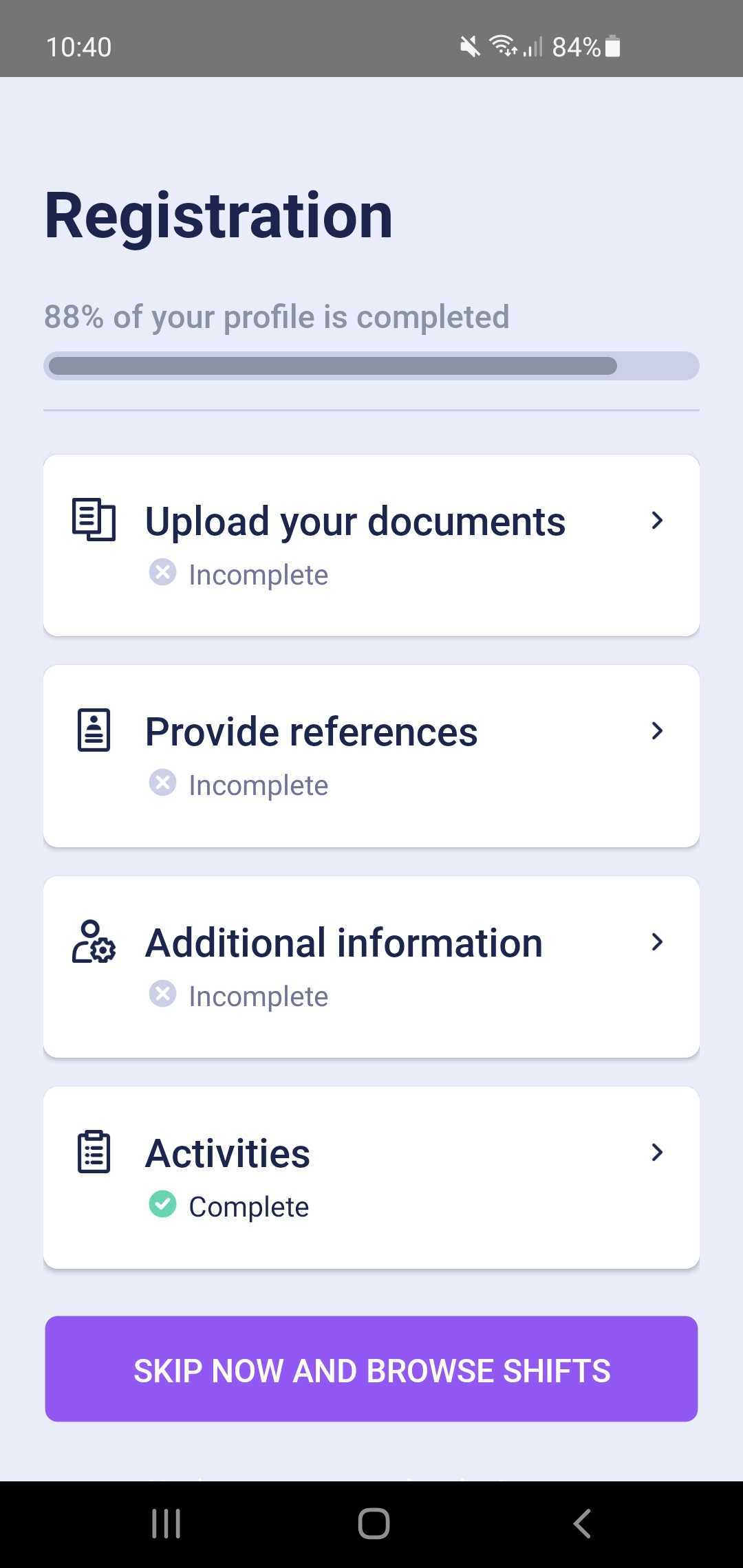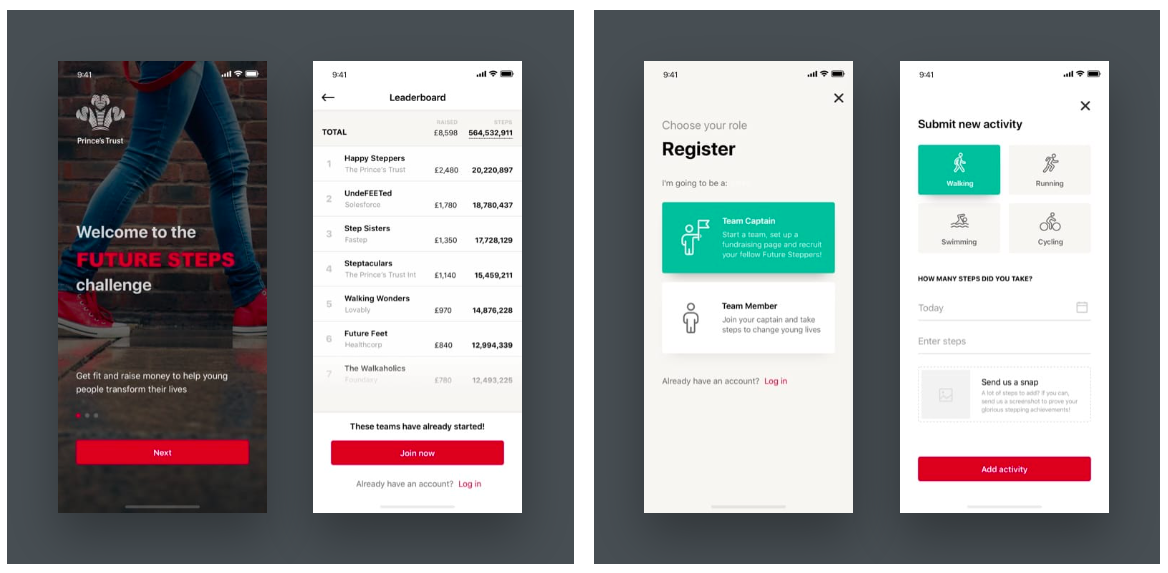How are you?
The answer to that question depends on where you live. Most Brits would answer ‘fine’ or ‘not too bad’ because it’s not really a question but a formality. Venture into the States or down under and things might be ‘good as gold - great!’ by default, while some Eastern European, Mediterranean or Latino cultures might expect you to have a spare half hour ready to listen to the response.
How are you today?
Specifically, how is your mood, your motivation, your appetite, if you had to rate them on a scale?
This question - how are you today? - forms the premise of the app FormScore, developed by Rob Stephenson, who himself experiences bipolar and has spent years creating tools to manage his mental health. In his interactive talk at Nudgestock 2021, Rob shared his view on why it’s so important to ask users where they are right now:
We all have mental health. We all have form. We are on a continuum of being human. We will oscillate on this daily, hourly. - Rob Stephenson
Rob went on to live poll the audience, so we could see visually and in real time just how everyone was. Not everyone was great at that moment. The way the app works is that users can answer ten questions about their mental state on that day. What happens next is that, if there are warning signs that a user is flagging, their trusted contacts get notified and can check in with them: something that can make all the difference.

The power of meeting your user where they are
This seems like a minor tweak, but apps like FormScore make a subtle challenge to how ‘normal’ onboarding is done by meeting its users where they are at that moment. In another Nudgestock talk, Dr Clare Purvis, clinical psychologist and Senior Director of Behavioural Science at Headspace drilled down into the research she and her behavioural team have been doing.
Digital health and wellness companies, she says, are asking the same two research questions over and over, and these are:
- Does this product actually work to improve health/health outcomes as intended?
- Will people use this product enough to get the intended benefits?
It’s well known that the critical period in the first week and month of first use is where most of the drop-off in engagement occurs, so delivering value early on is key to retaining users and gaining their trust.
In health behaviour change, think about what is an appropriate near-term reward that will sustain the longer term behaviour you are looking for.
The word ‘appropriate’ is important. The near-term reward has to be relevant, not just gimmicky. So an unconnected dopamine hit - that streak or gamified reward - may end up undermining your long term goals.
Think about someone who is coming into our app feeling acutely stressed. The critical thing we want someone to experience is that some element of the app feels accessible for them right now - Dr Clare Purvis
Clare’s biggest surprise was the results of introducing a more embodied practice (e.g. stretching/breathing with eyes open) instead of a traditional eyes-closed meditation as a first step. To the high proportion of new users who were arriving in a high-stress state, this approach felt instantly more accessible and less intimidating, and thus gave users an early win, whilst improving the chance that, encouraged, they would continue using Headspace.
Let’s look at some more examples of onboarding from Despark
ALTRIX
In the Altrix platform, NHS nurses can find and book shifts online, which is a convenient and increasingly popular alternative to traditional agency models. However, before a nurse can book their first shift, they must undergo a compliance process to vet and approve them on the system. It made sense to allow a potential new user to skip straight to browsing available shifts to illustrate the benefits available to them before they commit to signing up.

HELIX
Users of this workplace resilience training platform are able to do an assessment on signup, quickly finding out their resilience score and then are empowered to choose what to work on in order to improve.

FUTURE STEPS
Teams on this fundraising and fitness challenge for The Prince's Trust could pick a team name from the beginning, building excitement and anticipation without doing any physical exercise.

BABY BUDDY
Expectant parents could create their own ‘buddy’ avatar on joining the app, allowing them to feel less alone and making advice and help more approachable.

Better onboarding
So whether you’re at the beginning of a digital transformation and need to translate an offline onboarding to online, or you’re thinking up a whole new platform, put yourself in your users’ shoes and ask yourself this:
What do they need right now? What will make them feel seen and understood and, critically, give them a quick win that feels cohesive with their long-term goals?
-
Liked this article? Be a part of the conversation and join our Insiders mailing list - we share insights we don’t publish on our blog, and you’ll be able to ask us anything by hitting reply to any email.




